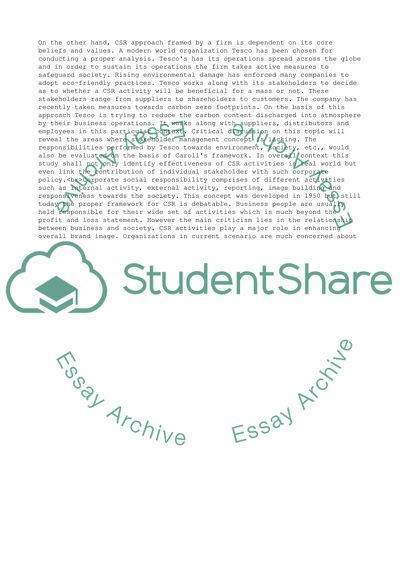Cite this document
(Contemporary Issues In Management Assignment Example | Topics and Well Written Essays - 2750 words, n.d.)
Contemporary Issues In Management Assignment Example | Topics and Well Written Essays - 2750 words. https://studentshare.org/management/1848819-contemporary-issues-in-management
Contemporary Issues In Management Assignment Example | Topics and Well Written Essays - 2750 words. https://studentshare.org/management/1848819-contemporary-issues-in-management
(Contemporary Issues In Management Assignment Example | Topics and Well Written Essays - 2750 Words)
Contemporary Issues In Management Assignment Example | Topics and Well Written Essays - 2750 Words. https://studentshare.org/management/1848819-contemporary-issues-in-management.
Contemporary Issues In Management Assignment Example | Topics and Well Written Essays - 2750 Words. https://studentshare.org/management/1848819-contemporary-issues-in-management.
“Contemporary Issues In Management Assignment Example | Topics and Well Written Essays - 2750 Words”. https://studentshare.org/management/1848819-contemporary-issues-in-management.


